Millions of children will soon be heading back to the classroom. Although the return of school may elicit smiles from parents who have spent the entire summer trying to keep kids busy and out of trouble, when kids start bringing home notices of head lice outbreaks, those wide grins may fade.
Although head lice can strike just about anyone anywhere, it seems to proliferate in close quarters, like those of a typical classroom. Children who keep backpacks and belongings beside other students’ items may unwittingly pick up lice and bring them home, where they can infect the child and other members of the family.
Head Lice Facts
The Centers for Disease Control and Prevention says lice are parasitic insects that can be found on people’s heads and bodies. Lice feed on human blood. There are three types of lice that live on humans: head louse, body louse and pubic “crab” louse. Only the body louse is known to spread disease.
Lice are wingless parasites that can only crawl to their host for feeding. They cannot jump or fly like fleas. By and large, lice are relatively harmless creatures, though they can be a nuisance. Lice bites are known to cause irritation and inflammation on the scalp. Persistent scratching may lead to infection. Lice do not signal that a person has bad hygiene, and a child who contracts lice should not be embarrassed. Lice are a common problem among students.
Lice are small and grayish-white in appearance, and they are usually no larger than a sesame seed. They can move fast, so usually lice infestation is identified by spotting the lice eggs, which are called nits. These look like tiny, yellow or tan dots before they hatch. Lice lay nits on the hair shaft close to the scalp. This is the ideal temperature for keeping the eggs warm until they hatch. Many lice nymphs will feed on blood every day to grow into adult lice. However, a louse can survive up to two days off of the scalp. That means a person can “catch” lice from a hat or a piece of clothing if a louse climbed into the material.
How to Get Rid of Lice
Treating head lice means ridding the head of all nits and adult lice. A special comb is used to capture the tiny eggs. This can be a painstaking process, particularly for children with long hair. Topical insecticides in lotion and shampoo are used to kill the lice. However, these products may not penetrate the nits, so the topical solution may need to be applied several days later to kill any emerging lice.
Read Next | Tips for a Healthy School Year
The best way to combat lice is to emphasize prevention. Children should not share combs, brushes, scarves, hats, or other clothing. They also should avoid close physical contact with someone who has lice.
Should a child get lice, he or she should stay home from school and the school nurse should be notified. Wash all objects that the child has used and launder all clothes, towels, linens, and other items in hot water to kill any lice. Vacuum the home frequently to remove lice or fallen hairs with attached nits from upholstered furniture and rugs.
Back to school season reintroduces kids and their parents to lice. Parents and their kids can take certain preventive measures to greatly reduce youngsters’ risks of coming down with lice.

Read Next | Health and Wellness Resources for Your Staten Island Child

